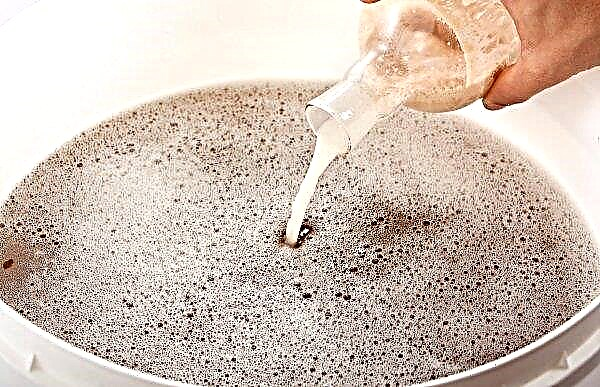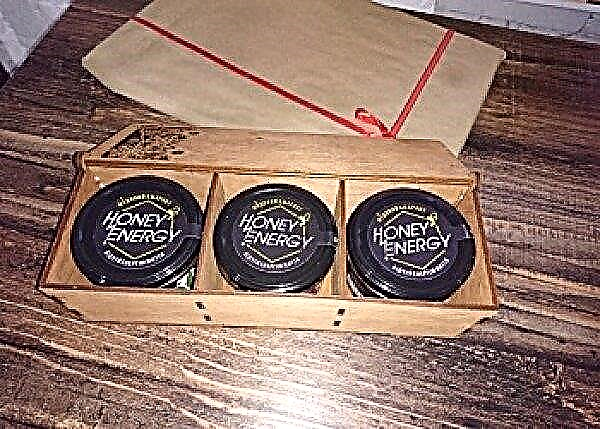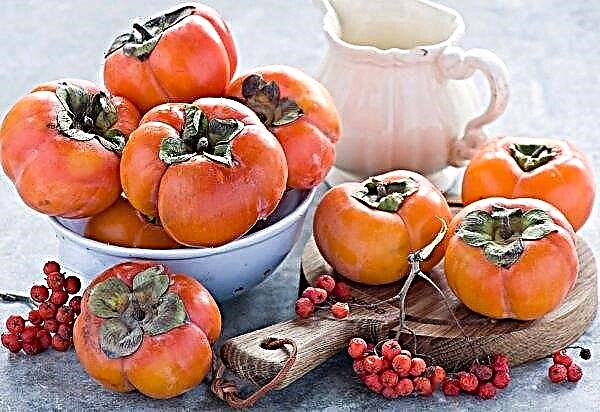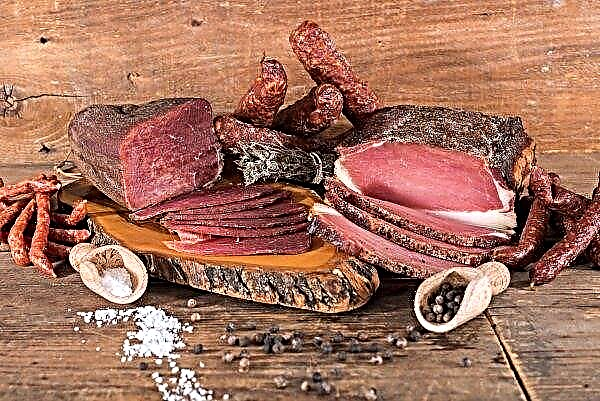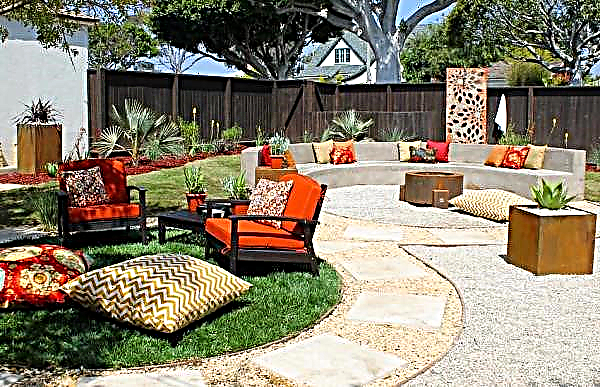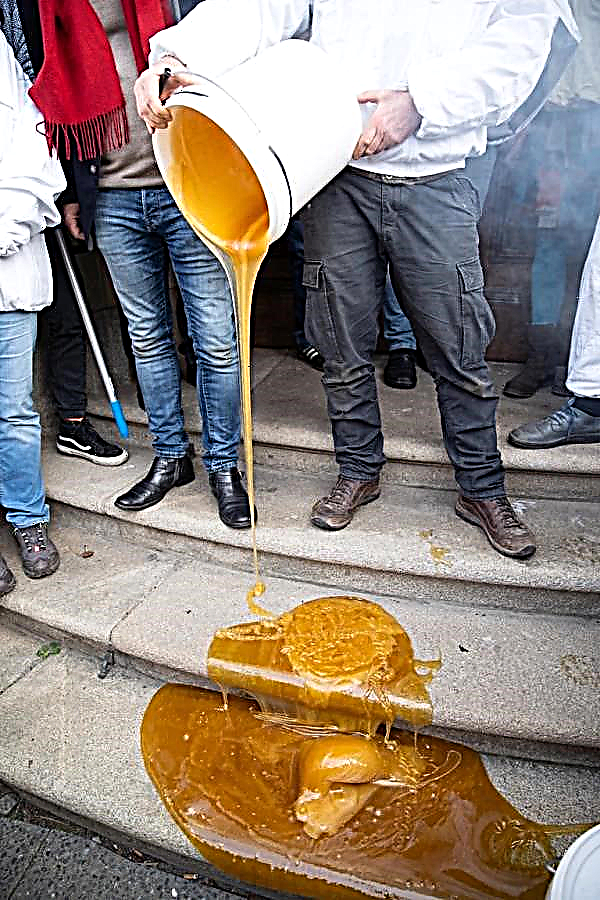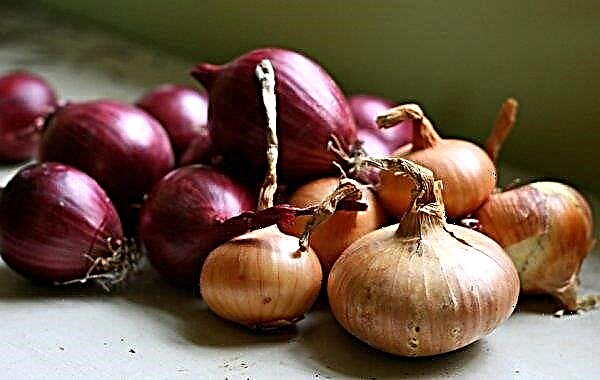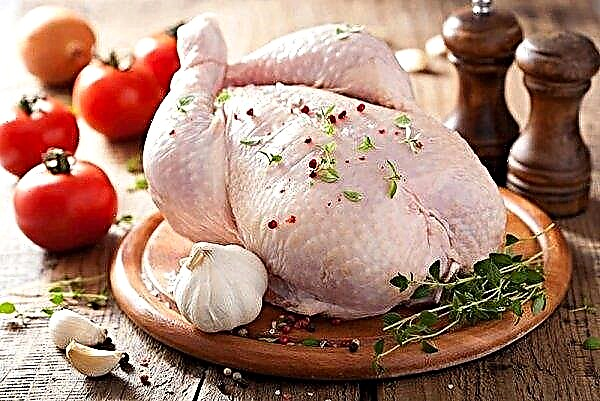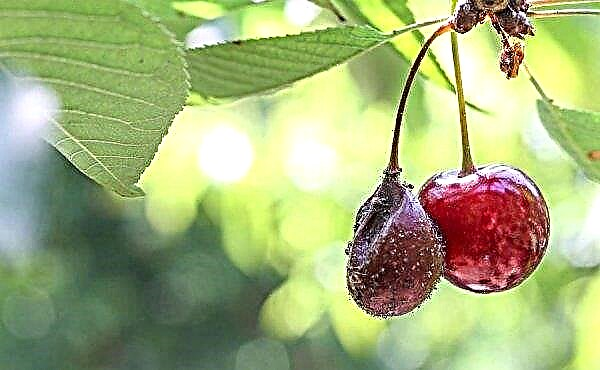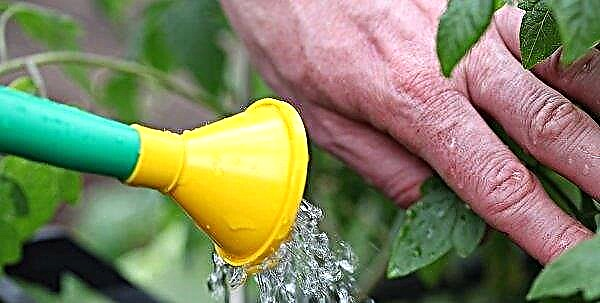A flower bed with hydrangeas is just a godsend for lovers of exquisite and fantastically beautiful flowers. Lush inflorescences delight the owners every year, it is only important to choose the right species for your region. That is why many beginner gardeners are interested in the most frost-resistant varieties of hydrangeas (hydrangeas) that survive even in the north.
Winter-resistant varieties of hydrangeas
Hydrangea has more than 35 species. Panic hydrangia is called the most frost-resistant among them. It pleases with lush buds even in areas where the temperature in winter can reach up to -40 ° C. It is followed by a less winter-hardy, but suitable for middle regions, tree-like appearance. But large-leaved hydrangea (garden), not everyone risks planting on their site, even in the suburbs. But breeders have recently bred several broadleaf varieties that are notable for good frost resistance. Many gardeners have learned to bring these shrubs in containers home or use modern materials for sheltering.
Did you know? In Holland, the largest selection of strong, large and largest hydrangea inflorescences. About 95% of these flowers are grown by the Dutch, which allows them to sell 40 million stems per year.
Here are the most frost-resistant varieties of panicled hydrangea:
- Pinky winky. A fast-growing shrub that easily withstands more than 20 degrees of frost. This is possible thanks to strong shoots. The crown is formed durable and does not break up. Inflorescences gradually change their color: first they are pearl white, then purple-red. Juicy foliage is painted dark green. In height, the plant can reach up to 2 m.

- Silver dollar. This is a very undersized shrub covered with fully luxurious buds. In 2009, the Royal Horticultural Society awarded him the Garden Merit Award for lush flowering. The variety has strong vertical shoots. Inflorescences are distinguished by a pyramidal shape and a luxurious white color. After two weeks, the clusters become lacy and beige-white.

- Grandiflora. The description of this variety should begin with the fact that it is an old variety that was popular in Asian countries as far back as the 60s of the last century. Then the flower could reach a height of 10 m. A modern hybrid grows up to 2 m. The inflorescences bloom cream-colored, and then turn pink. It blooms profusely from late June to October. Over the years, breeders managed to increase the frost resistance of Grandiflora to -30 ° C. This allows you to grow it even beyond the Urals.
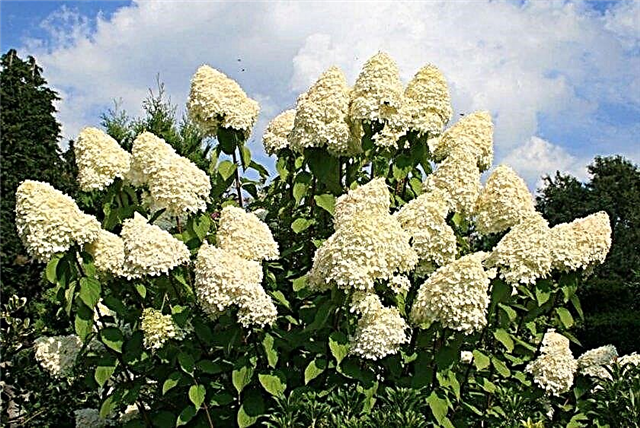
- Vanilla Fresh. This variety appeared in the Far East. It is famous for the size of its inflorescences - sometimes they can grow up to 30 cm in length. Their colors range from white to raspberry. Each bud can have its own shade. If the bush is not covered during severe winter cold, then nothing bad will happen - in the spring new shoots will quickly recover.

- Sandai Fresh. This is a low panicled hydrangea with a neat spherical shape does not exceed 1 m in height. It can be used in the garden as a hedge. Endowed with the ability to survive in frosts to -20 ° C without shelter. It is characterized by luxurious inflorescences-brushes of a pyramidal shape. They bloom in white, and then they are painted almost in bright pink.
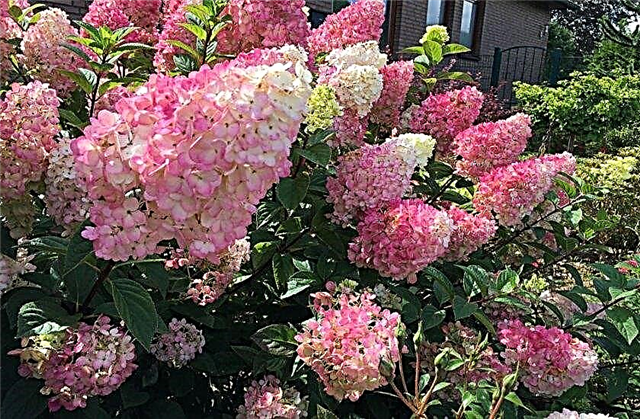
- Medical Fire. The main distinguishing feature of this variety is the purple-pink color. A flowering bush resembles a bright flame. Even the most boring landscape with the Medical Fire will become solemn. It can withstand winter at -20 ° C.

- Limelight. It is characterized by rapid growth and can grow up to 2.5 m in height. He has a spreading crown, easily amenable to forming pruning. Limelight has straight and rigid stems, therefore it is quite frost-resistant and not capricious in leaving. At the time of blossoming, the inflorescences are greenish, and then turn white. They have a conical shape and reach a length of 25 cm.

- Unigue. The height of an adult plant reaches up to 3 m in height. Every year he needs a crown-shaping haircut. On flexible stems, inflorescences bloom up to 30 cm in length and decorate the plant to frost. Flowers are white at first, then turn pink. He tolerates even the harsh Far Eastern winters.

Tree varieties:
- Annabelle. This unpretentious and winter-resistant variety can withstand frosts up to -25 ° C. It is distinguished by beautiful large leaves and huge white spheres-inflorescences. Flowering hats turn greenish. Annabelle lives for a long time - up to 50 years.

- Strong annabelle (Strong in spirit). The very name of the variety suggests that the plant can bloom even after the harshest winters. If even the ground part of the bush freezes, then the inflorescences will appear on young shoots. In the summer, a huge spherical bush is strewn with dark pink flowers-caps. Flowering periods can be up to 30 years in one place.

- Invincibelle spiring. This variety was introduced to Russia recently. Its name is translated into Russian as “invincible spirit”. It has tremendous winter hardiness - up to -37 ° C. It blooms with beautiful dark pink inflorescences up to 30 cm long. Shoots resume even after freezing of the ground part.

Large-leaved varieties:
- Endless summer. This garden variety combines a diverse range of colors, a spectacular crown and good tolerance of frost in shelter conditions. It has large bright inflorescences up to 20 cm in diameter. It is able to winter at -5 ° C. In more severe conditions, he needs double shelter.

- Forever ever. Large-leaved hydrangea, reaching a height of up to 1.5 m. It is characterized by spherical large buds in diameter up to 20 cm. Only blooming flowers have a pale pink color, then a purple hue appears. With good shelter it withstands frosts down to -25 ° С.

- You and me together. Low-growing shrub reaching a maximum height of only 80 cm. The variety was bred in France. It has bright green foliage, large buds (up to 30 cm in diameter). Flowers are found in white, pink and blue. For wintering requires shelter.
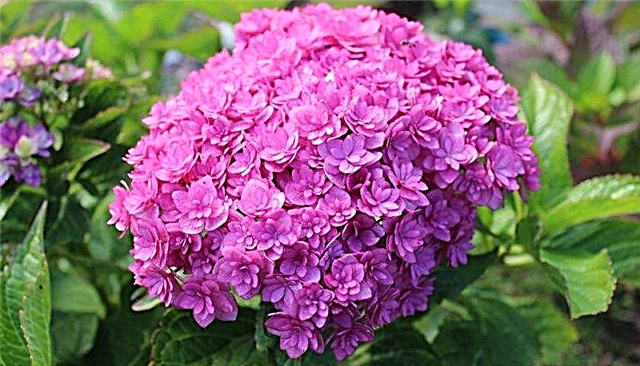
- Hovaria. The flowers of this hydrangia have the darkest color: blue, purple, eggplant. The bush reaches a height of 1 m. It withstands winter at -23 ° C. Often it is grown as a houseplant.
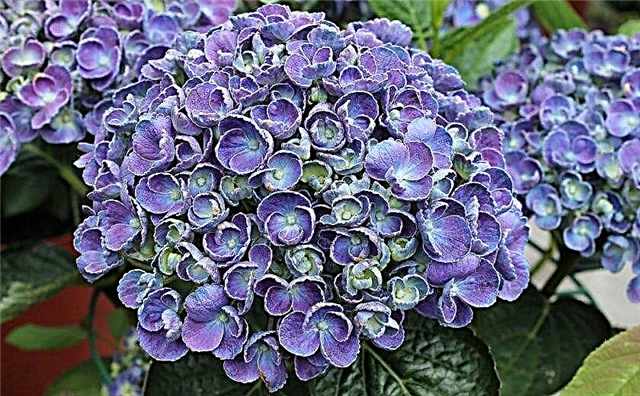
- Schloss Wackerbarth. This is an unusual hydrangea chameleon with an amazing play of colors on flowers. The tops of the petals are raspberry, the center shimmers from purple to blue, the stamens are white. At the end of flowering, green color is added to them. The period of bud blooming is long, until late autumn. With good shelter, it can withstand frosts down to -20 ° С.

Which is better to choose a variety
A huge selection of varieties of hydrangia can cause confusion for a novice gardener. If you live in regions where frosts can reach -30 ° C and above, then you need to understand all the intricacies of wintering and hydrangea care measures and choose the most suitable ones. You can purchase several types of plants and compose them into beautiful compositions. If you have not grown hydrangea yet, then experts advise you to start with a panicled species. It is he who is the most frost-resistant, because young stems are already covered by bark by autumn, which protects them from the cold. Varieties of panicle hydrangea to wrap up for the winter is not necessary, just enough to spud the base of the bush.
Important! Even the most hardy varieties of garden hydrangeas require wrapping up before the first frosts. In addition to covering materials, a good layer of snow can serve as an excellent insulation.
One of the most winter-hardy varieties called hydrangea Bobo. This is a dwarf shrub, which at the moment of opening the buds turns into a solid white-pink hat. Another variety of panicled hydrangea that gardeners love - the Polar Bear. The name itself suggests that it is suitable for areas with harsh climates. Blooms in huge white caps in the form of pyramids. In addition to all the listed types of hydrangia, you can choose a petiole type for middle latitudes. Rather frost-resistant varieties are: Cordifolia, Petiolaris, Miranda. These are climbing plants that need support. For the winter, creepers need to be removed and covered. Hydrangea Bobo calmly winters in frosts down to -35 ° C, for which he received an award in 2009 at an exhibition in Belgium, as the most hardy variety.
Hydrangea Bobo calmly winters in frosts down to -35 ° C, for which he received an award in 2009 at an exhibition in Belgium, as the most hardy variety.
Features of growing winter-hardy hydrangea varieties
Any winter-hardy hydrangea must accurately select the place and soil for planting. She needs timely moisture, fertilizer, pruning, shelter for the winter. Hydrangea bushes grow rapidly and bloom violently, so they need fertile land and constant replenishment of moisture.
Timing and landing technology
Try to plant even the most hardy hydrangea in a penumbra and open area next to plants that will slightly obscure it. The scorching sun and strong wind can harm her. Best of all, it will bloom on the east side of the garden. The soil should be favorable, rich in humus, clay. Sandy soil is not suitable. Hydrangeas need a slightly acidified environment. An acceptable level of acidity will be 5.2–6 pH. It is in acidic soil that the brightness of flowers is manifested.
Important! You can dig up loose and slightly acidic soil for hydrangia in pine or spruce plantings.
The soil composition for planting hydrangeas is better to build independently of the following components:
- humus;
- turf land;
- peat crumbs;
- sand.
The first two components take two parts, and the second two - one at a time. If you are going to plant several bushes of frost-resistant hydrangia, then the distance between the holes should be up to 2.5 m. In harsh climates, it is better to plant bushes in early May, autumn planting is suitable only for the southern regions.
Follow these tips when planting:
- Dig holes 50 × 50 cm a month before planting.
- Pour dug pits with the prepared soil composition.
- After a month, make a deepening in the holes, lower the seedlings there to the desired depth of 30–40 cm, spread the roots, cover them with earth and compact the soil.
- Pour a bucket of defended water.
- Add mulch from chopped pine bark, sawdust, needles or peat.
How to care
The first two years you need to help young bushes in the development of roots and stems. Remove emerging inflorescences in the bud. It is also important to water, fertilize and prepare the plant for wintering on time. In the spring, be sure to introduce mulch in the basal area of shrubs. Also, the flower loves moisture and does not tolerate over-dried soil.
Did you know? Hydrangea is a symbol of grace, beauty, abundance, sincere feelings, gratitude. In this regard, the branches of this Japanese rose are included in the composition of wedding bouquets.
In hot weather, pour two buckets of water under each bush for a week. Also water the plants in the autumn season, this will increase their frost resistance. So that the roots do not decay, you can add 2-3 g of potassium permanganate to the water. In the third year of life of the bushes, they need to be fed.
Fertilize in three steps:
- For growth stalks in early May, make a complex mineral mixture. Dilute 30 g of the purchased product into a bucket of water. You can replace this fertilizer with 2 tbsp. l urea, the same amount of superphosphate and 15 g of potassium sulfate. After two weeks, organic fertilizer should be applied from the infusion of mullein or bird droppings (1:10).
- In mid-JuneBefore flowering, apply liquid potash-phosphorus fertilizing. To do this, dissolve 70 g of superphosphate and 50 g of potassium sulfate in a bucket of water.
- During flowering repeat the same top dressing again.
 Varieties of panicled and treelike hydrangeas do not require special cover for the winter period. It’s good enough to spud, add mulch, and cover it with snow. In the middle latitudes, territories of the Moscow Region, the Urals, and Siberia, it is better to tie these shrubs with covering agrofibre before frosts. Garden broadleaf hydrangea in these places requires mandatory double sheltering or digging and placing it in containers for home preservation.
Varieties of panicled and treelike hydrangeas do not require special cover for the winter period. It’s good enough to spud, add mulch, and cover it with snow. In the middle latitudes, territories of the Moscow Region, the Urals, and Siberia, it is better to tie these shrubs with covering agrofibre before frosts. Garden broadleaf hydrangea in these places requires mandatory double sheltering or digging and placing it in containers for home preservation.
Important! In no case do not make lime, chalk and wood ash under hydrangea, as they will make it difficult for the plant to absorb the remaining components.
Disease Prevention and Pest Protection
When all conditions are created for hydrangia on a site, it is rarely sick. If suddenly light yellow spots appear on the plant, then development of chlorosis is observed. In this case, pour the plant with a solution of potassium nitrate in a concentration of 4 g per 1 liter of water. After three for, do the same prophylaxis with a solution of iron sulfate in the same proportions. If dark oily spots appear on foliage and stems, then the bush is infected with downy mildew. This occurs with excessive humidity and increased thermal conditions. It is best to fight with such a disease with a copper-soap solution. To prepare it, take 15 g of copper sulfate and 150 g of green soap (contact insecticide) on a bucket of water. In summer, with high humidity, gray rot may develop. Treat the affected leaves and stems with fungicides: "Skor", "Topaz", "Fitosporin-B". At low humidity, spider mites and aphids attack shrubs. Treat them with soapy water.
This occurs with excessive humidity and increased thermal conditions. It is best to fight with such a disease with a copper-soap solution. To prepare it, take 15 g of copper sulfate and 150 g of green soap (contact insecticide) on a bucket of water. In summer, with high humidity, gray rot may develop. Treat the affected leaves and stems with fungicides: "Skor", "Topaz", "Fitosporin-B". At low humidity, spider mites and aphids attack shrubs. Treat them with soapy water.
Did you know? The Japanese associate the appearance of the most beautiful flower "audzisay" with the ascent of the little Buddha to the earth. This was hydrangea.
Prevention of pests will be the removal of weeds, where they are bred. All hydrangea varieties listed in the article withstand not only cold winters, but also gas polluted air. The right place for planting, decent care will give hydrangia long fragrant flowering even in regions with harsh climates. Get yourself several hardy varieties and plunge into the world of amazing hydrangeas.

















